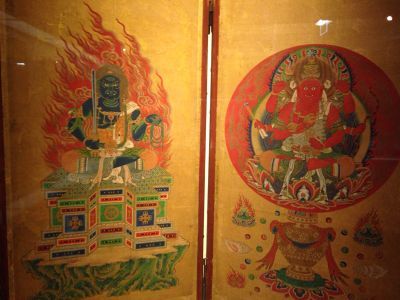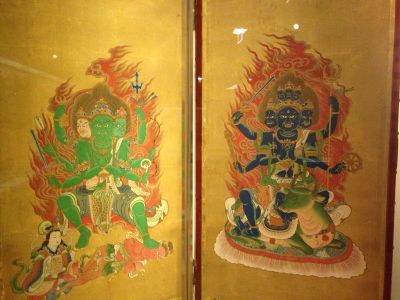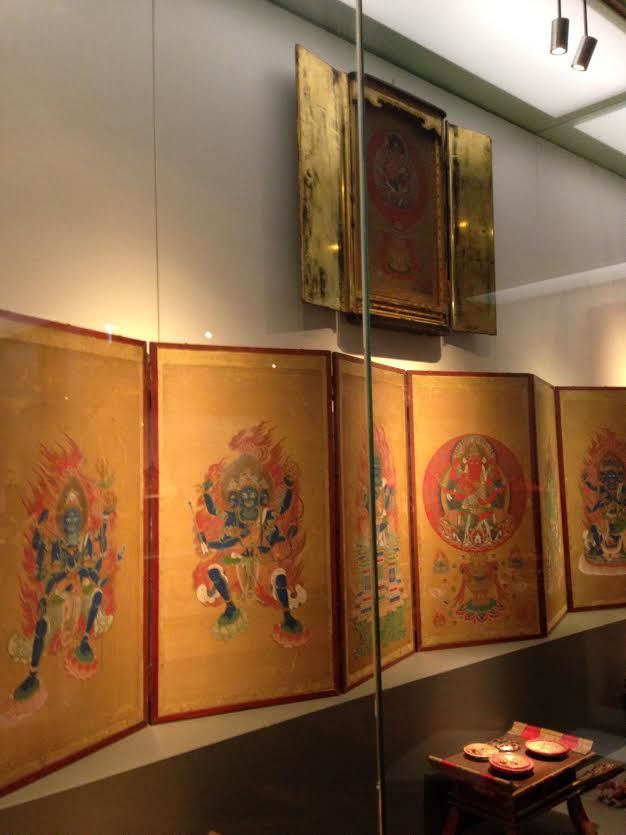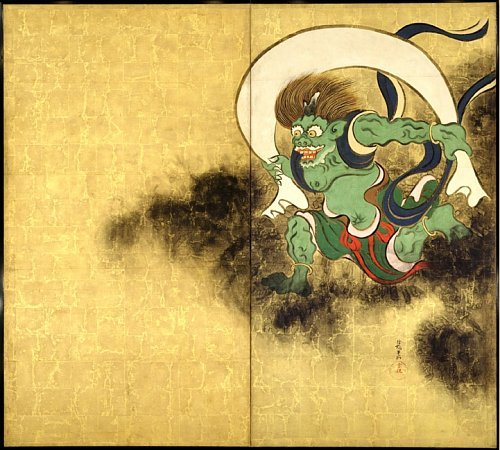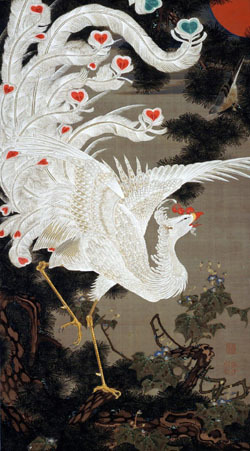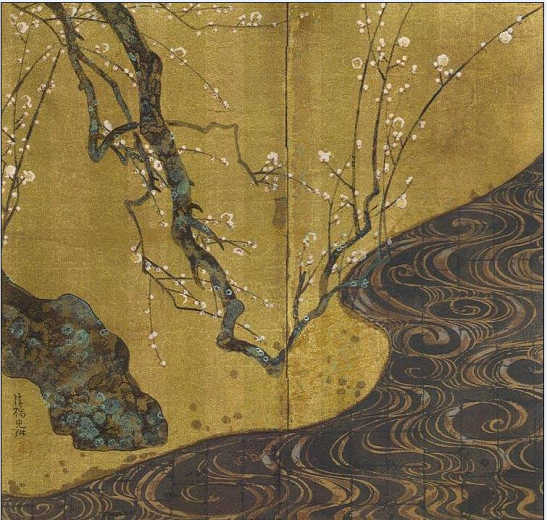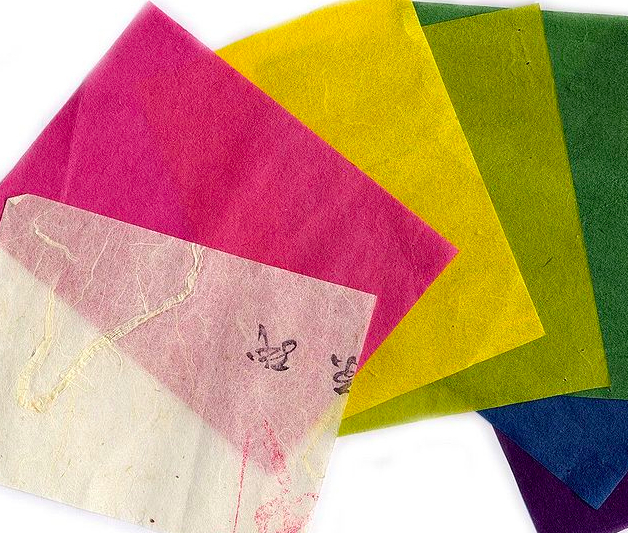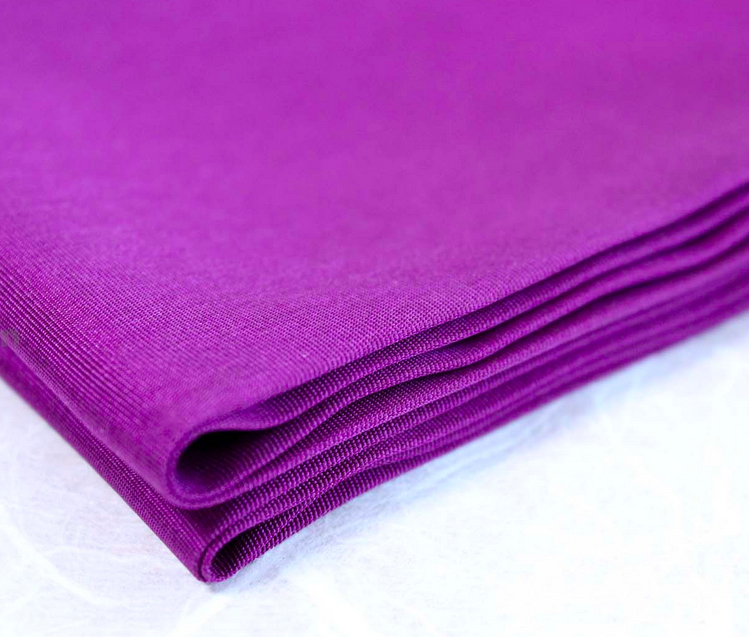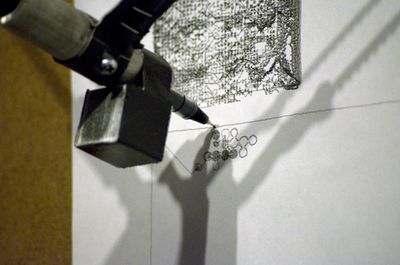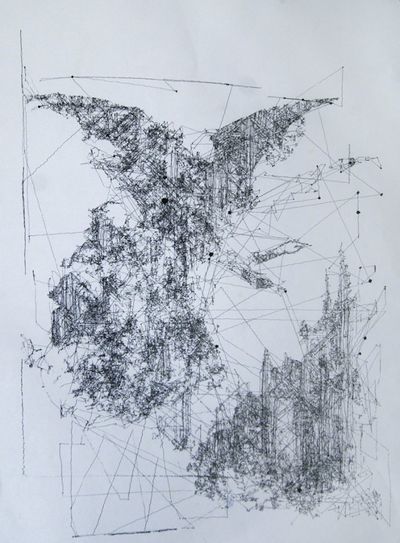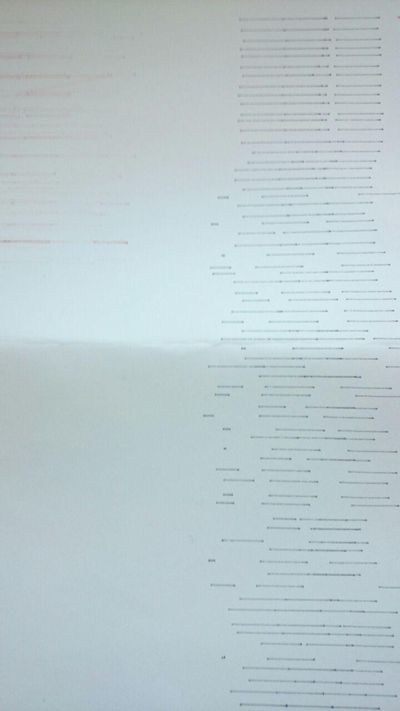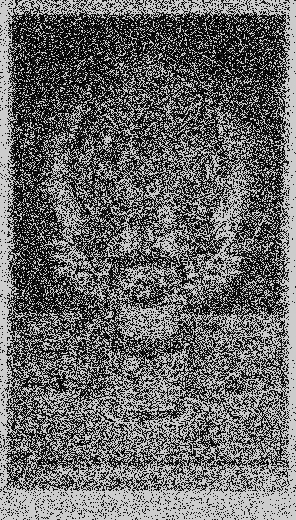Difference between revisions of "User:Bess Krairat"
Bess Krairat (talk | contribs) |
Bess Krairat (talk | contribs) |
||
| (32 intermediate revisions by the same user not shown) | |||
| Line 1: | Line 1: | ||
| − | +++ | + | <center> |
| + | {| | ||
| + | | style="background:gold;color:white;" width=1000px align=center|''<h3>+ Fantastic Forgeries +'' | ||
| + | |} | ||
| + | {| | ||
| + | | style="background:black;color:gold;" width=400px align=center|''SIXFOLD SCREEN DEPICTING THE WRATHFUL KINGS OF LIGHT AN KING OF PASSION'' | ||
| + | |} | ||
| + | |||
| + | {| | ||
| + | | style="background:black;color:white;" width=400px align=center|''Japan<br>19th century, Edo period, 1603 - 1868<br>Silk with pigments and gold, wood '' | ||
| + | |} | ||
| + | |||
| + | {| | ||
| + | | style="background:white;color:black;" width=400px align=center|''Japan<br>The worship of the five Wrathful Kings of light, of whom Fodu is the principal, plays an important part in Japanese tantric Buddhism. Although they posses boundless compassion, they are depicted in their fearsome shapes in order to terrify and drive away the demons in ourselves the dangerous monsters called hate, greed, ignorance, jealousy and all their kin. The sixth king is the fiery-red Aizen, God of sensual lust (fourth panel from left). This rare sixfold table screen was opened only once a year for ritual use. '' | ||
| + | |} | ||
| + | |||
| + | <div><ul> | ||
| + | <li style="display: inline-block;"> [[File:3_.jpg|400px|frameless|left|]] </li> | ||
| + | <li style="display: inline-block;"> [[File:5_.jpg|400px|frameless|left|]]</li> | ||
| + | <li style="display: inline-block;">[[File:7_.jpg|800px|frameless|left|]] </li> | ||
| + | </ul></div> | ||
| + | |||
| + | {| | ||
| + | | style="background:black;color:white;" width=800px align=center|''+ RESEARCH + '' | ||
| + | |} | ||
| + | |||
| + | {| | ||
| + | | style="background:white;color:black;" width=800px align=center|''The Edo period is a continuation of the the Azuchi-Momoyama period. During the early Edo period, many of the previous trends in painting continued to be popular. In the early Edo period was the Rimpa school, which used classical themes, but presented them in a bold, and lavishly decorative format. Sōtatsu in particular evolved a decorative style by re-creating themes from classical literature, using brilliantly colored figures and motifs from the natural world set against gold-leaf backgrounds. A century later, Korin reworked Sōtatsu's style and created visually gorgeous and unique works. '' | ||
| + | |} | ||
| + | |||
| + | <div><ul> | ||
| + | <li style="display: inline-block;">[[File:fujin.jpg|frame|portion of Sōtatsu's Fujin Raijin-zu]]</li> | ||
| + | <li style="display: inline-block;">[[File:Jakuchu.jpg|frame|Part of the series Dōshoku sai-e, by Ito Jakuchu]]</li> | ||
| + | <li style="display: inline-block;">[[File:White_Prunus_Korin.jpg|frame|portion of Ogata Kōrin's Kōhakubai-zu]] </li> | ||
| + | </ul></div> | ||
| + | |||
| + | {| | ||
| + | | style="background:white;color:black;" width=800px align=center|'' | ||
| + | <b>Technique</b> | ||
| + | <br>Ink wash painting uses tonality and shading achieved by varying the ink density, both by differential grinding of the ink stick in water and by varying the ink load and pressure within a single brushstroke. | ||
| + | <br><b>Materials and tools</b> | ||
| + | <br>Ink wash painting is usually done on xuan paper (Chinese) or washi (Japanese paper) both of which are highly absorbent and unsized. Silk is also used in some forms of ink painting.'' | ||
| + | |} | ||
| + | |||
| + | <div><ul> | ||
| + | <li style="display: inline-block;">[[File:Washi_paper_.jpg|frame|Washi paper]]</li> | ||
| + | <li style="display: inline-block;">[[File:silk1.jpg|frame|silk]]</li> | ||
| + | <li style="display: inline-block;">[[File:xuan_paper.jpg|frame|Xuan paper]]</li> | ||
| + | </ul></div> | ||
| + | {| | ||
| + | | style="background:black;color:white;" width=800px align=center|''+ INSPIRATION + '' | ||
| + | |} | ||
| + | |||
| + | {| | ||
| + | | style="background:white;color:black;" width=800px align=center|''For this project I have chosen for this painting because I was fascinated by the illustrations and the materials. I think that to illustrate with so much detail was difficult in that time. I like how the artists were inspired by the non-physical and used their imagination to make it come to live, visual on paper. They created something we can grasp. | ||
<br> | <br> | ||
| + | I was looking for inspiration and found a project by Harvey Moon called “The Drawing Machine”. It is a robot that takes commands from a computer in order to draw onto the wall. To program it he used Max/MSP and Processing. The algorithms that he wrote on Processing take JPG files as an input to draw. He has also made an SVG application that will send X,Y coordinates from a vector file so that you can use the machine just like a printer. | ||
<br> | <br> | ||
| − | + | The little robot abstractified the image to an artwork. You could say art and creativity has been industrialised. The futuristic aspect and not completely predictable outcome inspire me to do something similar. That is the reason I would like to re-illustrate this painting using Processing. The painting is a very human depiction of something spiritual, and therefore using a machine to recreate it would be an interesting paradox. '' | |
| − | + | |} | |
| − | The | + | <div><ul> |
| − | [[File: | + | <li style="display: inline-block;"> [[File:100.jpg|400px|frameless|left|]] </li> |
| − | [[File: | + | <li style="display: inline-block;"> [[File:121.jpg|400px|frameless|left|]]</li> |
| − | [[File: | + | <li style="display: inline-block;">[[File:111.jpg|800px|frameless|left|]] </li> |
| − | [[File: | + | </ul></div> |
| − | [[File: | + | |
| − | [[File: | + | {| |
| + | | style="background:black;color:white;" width=800px align=center|''+ EXPERIMENT + '' | ||
| + | |} | ||
| + | |||
| + | <div><ul> | ||
| + | <li style="display: inline-block;"> [[File:test_1_.jpg|400px|frameless|left|]] </li> | ||
| + | <li style="display: inline-block;"> [[File:Ex1.jpg|400px|frameless|left|]] </li> | ||
| + | <li style="display: inline-block;"> [[File:Ex2.jpg|400px|frameless|left|]] </li> | ||
| + | <li style="display: inline-block;"> [[File:Ex4.jpg|400px|frameless|left|]] </li> | ||
| + | <li style="display: inline-block;"> [[File:Ex5.jpg|400px|frameless|left|]] </li> | ||
| + | </ul></div> | ||
Latest revision as of 11:52, 29 September 2015
+ Fantastic Forgeries + |
| SIXFOLD SCREEN DEPICTING THE WRATHFUL KINGS OF LIGHT AN KING OF PASSION |
| Japan 19th century, Edo period, 1603 - 1868 Silk with pigments and gold, wood |
| Japan The worship of the five Wrathful Kings of light, of whom Fodu is the principal, plays an important part in Japanese tantric Buddhism. Although they posses boundless compassion, they are depicted in their fearsome shapes in order to terrify and drive away the demons in ourselves the dangerous monsters called hate, greed, ignorance, jealousy and all their kin. The sixth king is the fiery-red Aizen, God of sensual lust (fourth panel from left). This rare sixfold table screen was opened only once a year for ritual use. |
| + RESEARCH + |
| The Edo period is a continuation of the the Azuchi-Momoyama period. During the early Edo period, many of the previous trends in painting continued to be popular. In the early Edo period was the Rimpa school, which used classical themes, but presented them in a bold, and lavishly decorative format. Sōtatsu in particular evolved a decorative style by re-creating themes from classical literature, using brilliantly colored figures and motifs from the natural world set against gold-leaf backgrounds. A century later, Korin reworked Sōtatsu's style and created visually gorgeous and unique works. |
|
Technique
|
| + INSPIRATION + |
| For this project I have chosen for this painting because I was fascinated by the illustrations and the materials. I think that to illustrate with so much detail was difficult in that time. I like how the artists were inspired by the non-physical and used their imagination to make it come to live, visual on paper. They created something we can grasp.
|
| + EXPERIMENT + |
